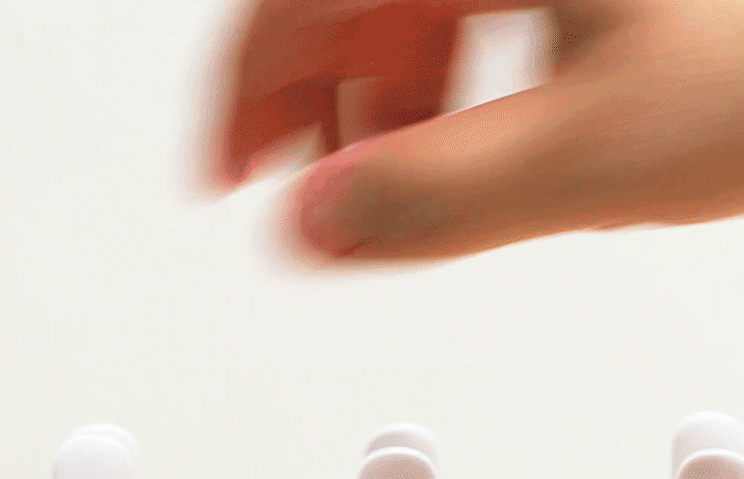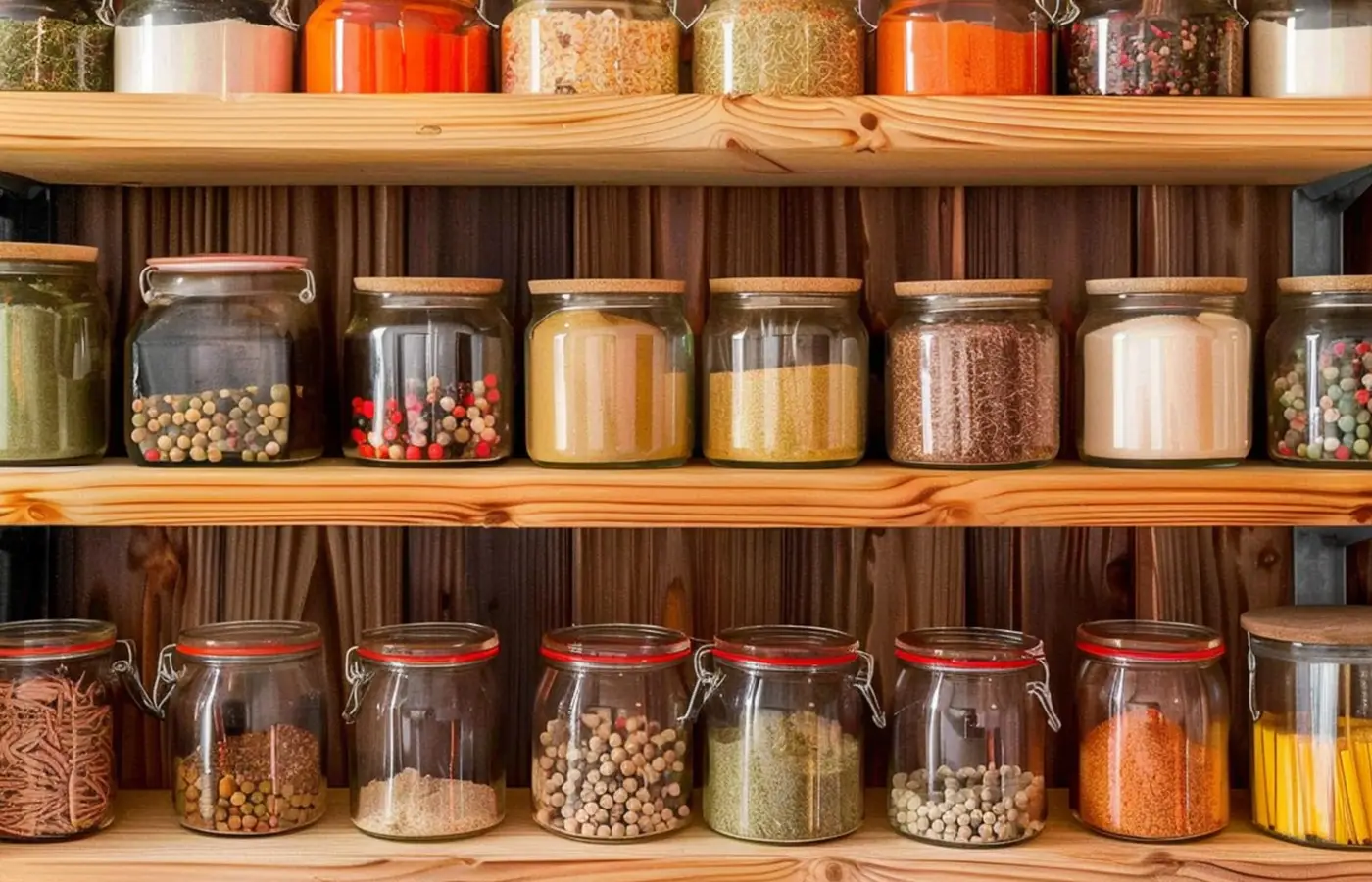Before toothpaste, what was used to clean teeth? Powdered ashes and other historical dental hygiene methods
Before the modern luxury of toothpaste could be squeezed from convenient plastic tubes, our ancestors used various unique methods to clean their teeth.
Historical societies valued clean teeth, although not as much, perhaps, as we do today. Contemporary amenities afford us far greater opportunities for oral care.
So how did people in the past attend to their dental needs with the best possible resources available?
While some of the substances historically used for teeth cleaning bear little resemblance to our current products, others have notable similarities.
Toothpaste from ancient history
From as early as 500 BC, societies have experimented with various materials to concoct paste-like substances for teeth cleaning, predating the invention of toothbrushes.
The ancient Egyptians around the 4th century AD are the first documented people to devise a dental cream recipe.
A papyrus document was recovered that captured an account of a recipe for a "powder for white and perfect teeth."
The original concoction included a mixture of salt, pepper, mint, and dried iris flowers, according to National Geographic. While the abrasiveness of these ancient dental formulas was rough enough to commonly result in bleeding of the gums, modern toothpaste often contains hydrated silica with a similar purpose.
Heinz Neuman, an archaeologist, recounted his experience with the Egyptian paste at a convention. He reported that it initially caused his gums to bleed but was superior to toothpaste recipes from the 19th century. He said, "This recipe would have been a big improvement on some of the soap toothpaste used much later."
Neuman affirms that the ancient Egyptians used this paste for dental hygiene well before the existence of toothbrushes.
Other recipes called for peculiar items such as burned ashes of an ox hoof or crushed eggshells. One recipe contained, "powdered ashes from oxen hooves, myrrh, eggshells, and pumice," according to Frank Lippert of the Indiana University School of Dentistry.
Egyptians, however, were not alone in their use of bizarre ingredients. Greek and Roman concoctions often included crushed bones and oyster shells, with charcoal added for flavor.
Medieval toothpaste recipes
During the medieval period, from the 12th century to the 14th century, nonabrasive methods were primarily used for dental treatments and hygiene. This included herbal remedies and charms, the British Dental Journal says.
One recipe recorded from this period called for honey, salt, and rye flour or rye meal, according to National Geographic.
A compendium of three texts on women’s health was found from the 12th century called "Trotula." The texts are written in Latin and attributed to Trota of Salerno, a female physician at the time at the medical school in Salerno, Italy.
The Trotula provides several remedies for common teeth ailments of the time. The texts offer suggestions for:
Toothpaste during the 1800s and 1900s
Around the 1800s, dental hygiene started to become a higher priority. What was used to care for teeth during this era looked more like what we use today, and the recipes didn't cause gums to bleed as in previous eras.
One significant difference from our modern versions is that the recipes used soap.
Around the 1900s, fluoride was found to be a useful teeth-cleaning substance and was added to most toothpastes. Today, fluoride is required to have the ADA Seal of Acceptance, according to the American Dental Association.
Modern-day toothpaste
Prior to 1873, when Colgate introduced the first mass-manufactured toothpaste, these unique recipes served as the primary means for dental care. After Colgate entered the market, many variations have been formulated.
Today, the abundant toothpaste choices available in drugstores can be overwhelming, often leading to confusion.
Despite the availability of commercial toothpaste, many households remained faithful to their traditional concoctions. For instance, the 1860 guidebook "The Practical Housewife" continued to be popular.
It featured a popular toothpaste recipe that consisted of orris root, charcoal, Peruvian bark, prepared chalk, and essential oils of either bergamot or lavender.
![]() Top Headlines
Top Headlines
Is 'color analysis' real? I put the viral TikTok phenomenon to the test − and was shocked.
VLADIMIR PUTIN
Embrace the 1940s: Beauty and Hair Inspiration for D-Day’s 80th Anniversary
VLADIMIR PUTIN
'Cruel trolls tell me to cover up - but I'll never stop flaunting my amazing mum curves'
VLADIMIR PUTIN












